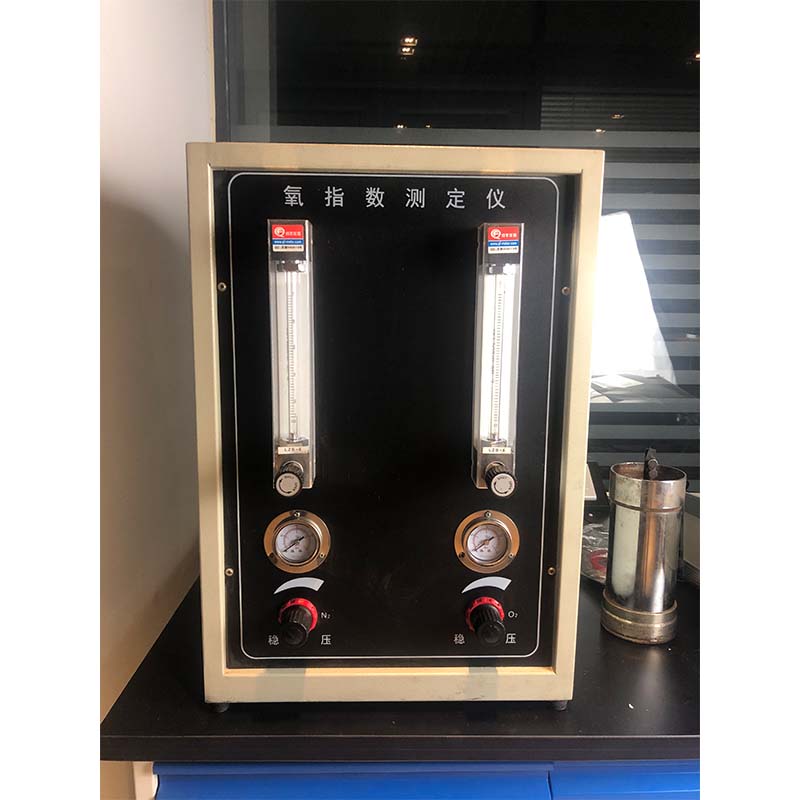Clamp Solutions for Tensile Testing Equipment Manufacturing and Quality Assurance in Factories
The Role of Clamps in Tensile Testers A Focus on Factories
In the realm of material testing, tensile strength is a crucial parameter that determines how materials respond to forces. Tensile testers, also known as universal testing machines, play a pivotal role in measuring this property. Among the essential components of these testers, clamps are of paramount importance. This article explores the significance of clamps for tensile testers, particularly within factory settings, and highlights the critical factors involved in their selection and use.
Understanding Tensile Testing
Tensile testing involves stretching a material sample until it breaks, measuring various parameters such as elongation, yield strength, and ultimate tensile strength. The effectiveness of this test largely depends on the accuracy of the grip between the testing machine's clamps and the specimen. In a factory setting, where materials are constantly being produced, tested, and improved, having reliable clamps ensures that the data collected is both accurate and reproducible.
Importance of Clamps
Clamps serve multiple functions in tensile testers. First and foremost, they must securely hold the specimen to prevent slippage during the test. This is crucial because any movement can result in inaccurate measurements, leading to faulty conclusions about a material's strength. Clamps are designed to accommodate various shapes and sizes of test specimens, ranging from metal strips to polymer films and more.
Moreover, clamps must be capable of withstanding high forces without deforming or breaking. In industrial applications, this is particularly important, as tensile tests often involve materials under significant stress. A reliable clamp will not only hold the specimen firmly but will also help in distributing the load evenly, minimizing the risk of failure at the gripping point, which can skew test results.
clamps for tensile testers factories

Selection of Clamps for Factory Use
Selecting the appropriate clamps for tensile testers involves various considerations. The type of material being tested greatly influences this choice. For instance, softer materials may require clamps with a softer grip surface to avoid damage, while harder materials might need more robust clamps to handle the higher forces involved.
Additionally, it's vital to consider the design of the clamps. Some clamps offer adjustable widths, making them versatile for different specimen sizes. Others may incorporate specialized features, such as alignment aids, to ensure that the specimen is positioned correctly within the machine, further enhancing the accuracy of the tests.
Innovations and Advancements
Recent advancements in material science and engineering have also influenced clamp design. Many modern clamps are engineered using composite materials that offer greater strength-to-weight ratios, enhancing their performance. Furthermore, innovations like automatic gripping mechanisms have decreased manual labor and enhanced efficiency in factory settings, allowing for quicker turnaround times during testing processes.
Conclusion
In conclusion, clamps are an essential component of tensile testers in factory settings, playing a crucial role in ensuring accurate and reliable measurements during tensile testing. Their selection should be made based on the specific requirements of the materials being tested, considering factors like material type, grip design, and ease of use. As materials and testing techniques continue to evolve, the importance of high-quality clamps will remain integral to the integrity of tensile testing processes. Factories must recognize this to maintain their competitive edge and uphold quality standards in their production lines.
-
The Role of Tensile Force Testers in Quality Control and Material Science
NewsAug.01,2025
-
Maintenance and Safety Tips for Aging Ovens
NewsAug.01,2025
-
Density Balance in Forensic Science
NewsAug.01,2025
-
Advanced Optical Measurement Technologies
NewsAug.01,2025
-
A Buyer’s Guide to Tensile Test Machines
NewsAug.01,2025
-
Why the Conductor Resistance Constant Temperature Measurement Machine Redefines Precision
NewsJun.20,2025
 Copyright © 2025 Hebei Fangyuan Instrument & Equipment Co.,Ltd. All Rights Reserved. Sitemap | Privacy Policy
Copyright © 2025 Hebei Fangyuan Instrument & Equipment Co.,Ltd. All Rights Reserved. Sitemap | Privacy Policy
